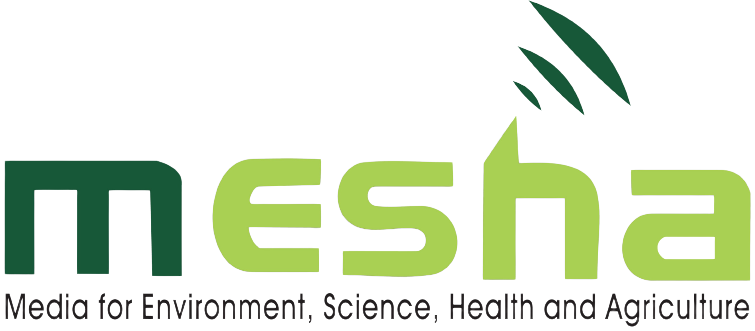It is all systems go as Kenya prepares to host Pan African science journalists conference
By Aghan Daniel Preparations for the 4th African Conference of Science Journalists…
Global research on coronavirus disease gets a boost
By Christine Ochogo Scientists, physicians, funders, and policy makers globally have launched…
Expert: Journalists must stay out of harm’s way while covering COVID-19
By Christine Ochogo NAIROBI - SATURDAY, APRIL 10, 2020 - Journalists have…
Search for an AIDS vaccine lands me my first ever media science café
A message on my phone from Aghan Daniel, the secretary of MESHA…
HIV vaccine: Scientists call for patience as research continues
Days after the most awaited HIV vaccine clinical trials was stopped, researchers…



